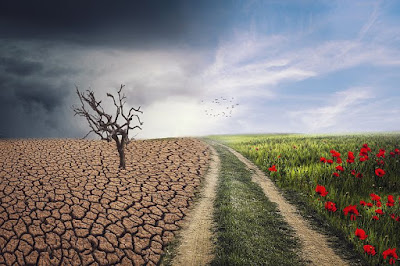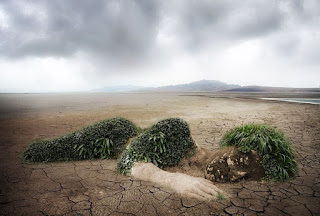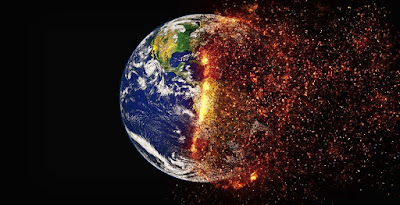The role of the International Federation of Red Cross and Red Crescent Societies (IFRC) in limiting and adapting to climate change-1

The International Federation, at its 30th Conference held in Geneva in November 2007, aimed at implementing the third objective of the humanitarian agenda, objective 4.1.3 strongly urged states to set priorities and provide resources for the implementation of comprehensive measures to reduce disaster risk, including: This includes measures that address issues of climate change and its differences, and National Societies will increase their cooperation with countries and experts in regions experiencing climate change with the aim of reducing potential negative impacts on vulnerable population groups. As requested in the Action Plan adopted by the Twenty-Seventh International Conference in 1999, the Climate Center of the International Federation of the Red Cross and Red Crescent, which is based in the Netherlands, makes many contributions to the global debate on climate change, where it participated in all conferences The Center continues to provide opportunities for National Societies...






